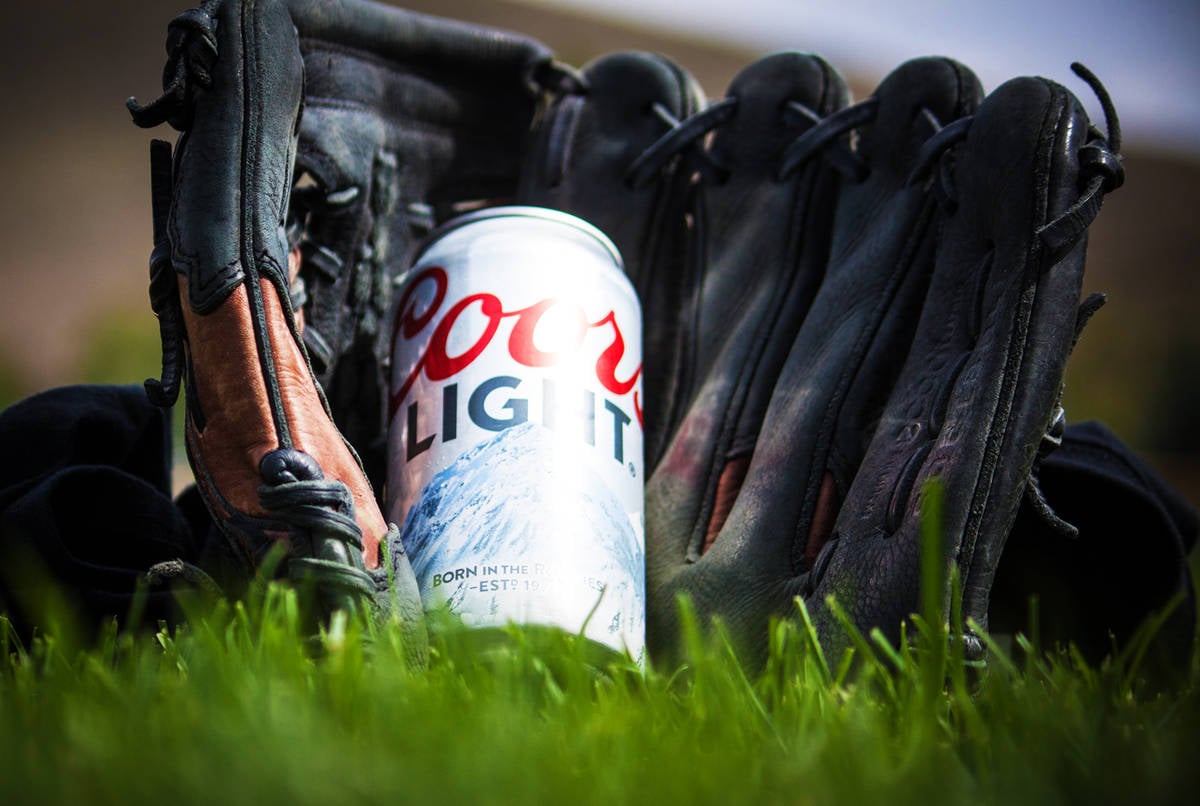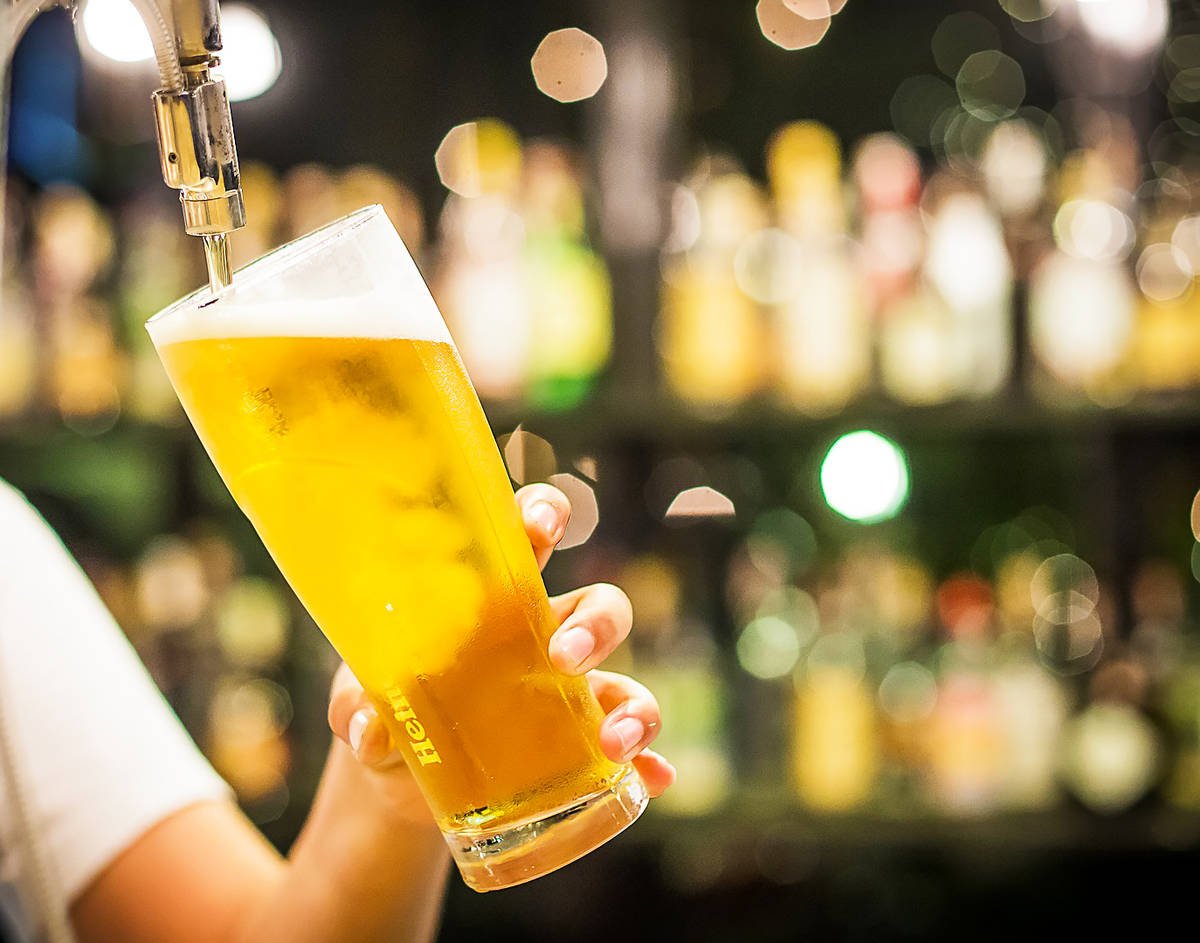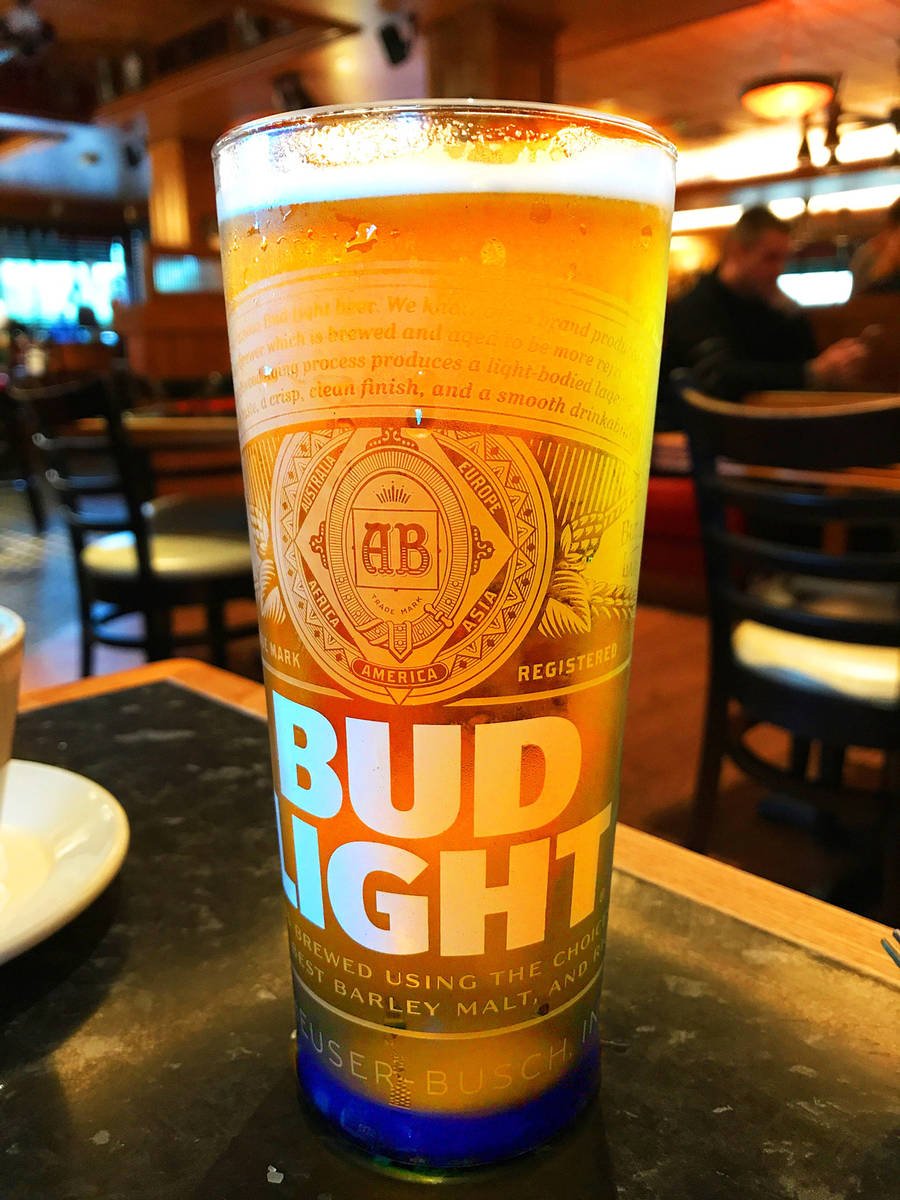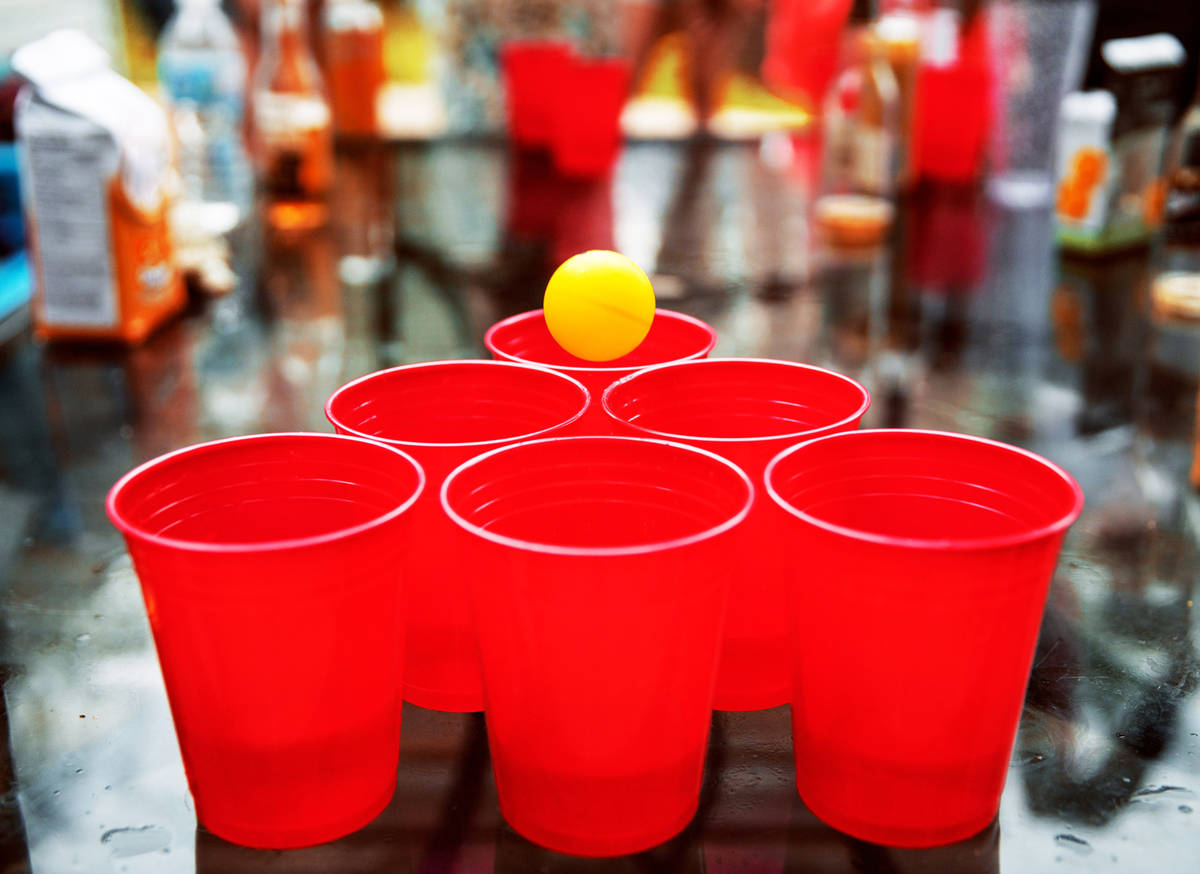Start 14-Day Trial Subscription
*No credit card required

In Defense of Light Lagers
The light lager bears a powerful stigma as the stylistic face of all that is considered unholy by craft beer devotees. But many of the most common arguments against it – it’s easily made, flavorless, lacking complexity – don’t always hold water. By removing the stigma associated with this style, we can continue refining the American beer sensibility. Far from the frontier days of rugged syrups, knowledge about the wide range of styles available today empowers us to select the beers that best suit our drinking needs.
Is the idea to advocate a light lager-dominant paradigm? Absolutely not. However, craft beer is as much about having options and a tailored drinking experience as it is about being able to enjoy a beer thicker than blood. Sometimes light lagers are better suited for specific drinking occasions.
The Minimalist Approach
You don’t have to look far into the Beer Judge Certification Program (BJCP) Style Guide to find it – it’s literally at the top of the list as “American Light Lager” in the “Standard American Beer” Category, which contains beers that “are not typically complex and have smooth, accessible flavors.”
This is the style that is considered quintessentially American, for better or worse, having originally gained mainstream popularity in 1973 with the introduction of Miller Lite. Over time it became the ballpark beer, the racetrack beer, the pregame beer, the turbocharged-riding-lawnmower-maiden-voyage celebration beer and so on. You’ve put it on your brats, used it to attract slugs and enjoyed it in your cereal in the dark (and/or golden) ages of college.
Speaking of cereal, the ingredients are quite cereal-like in nature: most light lagers consist of two- or six-row barley with up to 40 percent rice or corn as adjuncts. Beyond that, you’ve got the standard yeast and light bittering hop additions ‒ and that’s about it. Sometimes additional enzymes are introduced to further lighten the body and lower the carbs. For the American Light Lager, less is more: An exceptional American Light Lager specimen is one that doesn’t leave too much of an impression, and for a slice of the craft-centered public, that’s a problem.

Over time, light lagers became the ballpark beer, the racetrack beer, the pregame beer, the turbocharged-riding-lawnmower-maiden-voyage celebration beer and so on.
At any rate, the BJCP defines a light lager as a “highly carbonated, very light-bodied, nearly flavorless lager designed to be consumed very cold. Very refreshing and thirst-quenching.”
Well, most of that sounds pretty good. “Nearly flavorless,” however, is where craft aficionados begin nervously shifting about. Is there a scenario where lacking bold flavor could be a positive? I’d argue so. But let’s continue.
The aroma of a light lager is similar to that of cryogenically preserved cornflakes. The malt aroma is muted, but if present, it will appear as mild, grainy and sweet. Hop aromas are minimal, and mildly spicy or floral if present – hops in this style are mainly for bittering. These beers are generally uber-clean, but according to the BJCP, a “light amount of yeast character (particularly a light apple fruitiness) is not a fault.” Light dimethyl sulfide (DMS) is not considered a fault either.
For the average craft drinker, the BJCP description of a light lager’s appearance is downright depressing, akin to that of a sad scarecrow: “Very pale straw to pale yellow color. White, frothy head seldom persists. Very clear.” You can sense the excitement in the author’s words.
The flavor is just as you’d expect: minimal. A “relatively neutral palate with a crisp and dry finish and a low to very low grainy or corn-like flavor that might be perceived as sweetness due to the low bitterness. Hop flavor ranges from nonexistent to low, and can have a floral, spicy or herbal quality (although rarely strong enough to detect). Low to very low hop bitterness. Balance may vary from slightly malty to slightly bitter, but is relatively close to even. High levels of carbonation may accentuate the crispness of the dry finish. Clean lager fermentation character.” This dull description is generally the last straw for today’s lovers of craft and the glorious range of bold, juicy and funky brews it represents.

For the average craft drinker, the BJCP description of a light lager’s appearance is downright depressing, akin to that of a sad scarecrow: “Very pale straw to pale yellow color. White, frothy head seldom persists. Very clear.” You can sense the excitement in the author’s words.
A common argument against the American Light Lager is that it ruins the layman’s perception of what beer can be. This may be true, but I’d wager that this gateway style has opened more doors to beer experiences than it has closed. Palates take time to calibrate to tastes. Like coffee, beer is often puzzling to first-time drinkers due to its bitterness. Sending someone down the pathway of beer with a mild, neutral starting point is less likely to set up a taste-aversion scenario.
Much of the criticism leveled at this style is focused on what isn’t there: bold flavor, thick, juicy mouthfeel and so on. But that’s the exact opposite of what light lager is supposed to be, by definition.
You may scoff at the idea that one would knowingly choose a watery, objectively neutral beer. However, there are scenarios where this is actually ideal.
Function Over Form
This brings a crucial element of beer-drinking to the fore and explains why four of the top five best-selling beer styles in the U.S. are light lagers (number five being Budweiser). Bud Light leads the way with over $2 billion in sales in 2017 and Coors Light and Miller Lite rank 2nd and 3rd with combined sales of over $2 billion. The American Light Lager is a style that values function over form. The purpose of drinking a light lager is mostly to enjoy the effects of a carbonated alcoholic beverage while minimizing the consequences.
For example, Michelob Ultra, the fourth most popular beer in the U.S., is not a beer crafted to be savored. It is a somewhat hydrating, refreshing beverage light in body, and light on the body of the drinker. They hand it out after marathons. Can you imagine chugging an imperial stout after running 26.2 miles?
Or say your grandma is hosting family for a minor holiday. You’re staying for just a few hours and want to share a brew or two with your relatives without getting soused. What readily available style do you know will allow you to leave on two feet? Light lagers! In fact, to be considered stylistically accurate, this kind of beer must contain between only 2.8 – 4.2 percent ABV.
The next-level meta of a true beer connoisseur is knowing when it’s truly fitting to drink an All- American light lager, no shame attached. If you’re watching a hockey or baseball brawl, nothing marries with the sight of a tenderized goalie or a backpedaling pitcher quite so well.

Four of the top five best-selling beer styles in the U.S. are light lagers, and Bud Light leads the way with over $2 billion in sales in 2017.
Jokes aside, consider the fact that this style is incredibly difficult to brew well, and is recognized as such by all major beer-judging organizations and competitions, like the Great American Beer Festival or the World Beer Cup. The neutral characteristics of light lager don’t really allow for any technical flaws, and the processes required to ensure a clean and clear brew, such as multi-step decoction mashing, filtering and month-long lagering, as well as rigorous quality control, make this one of the most prohibitive and time-consuming styles to produce. Because a lager’s flavor is so clean and light, any brewing flaw is magnified – making it much harder to get away with imperfections in the brewing process. Though craft lagers have seen an uptick in sales recently, many smaller breweries don’t bother with them as brewing this style requires a significant investment and involves greater risk.
However, that doesn’t mean a small brewer couldn’t adapt methods from light lager brewing or create a hybrid brew. Hybridized styles have found purchase amongst craft fans – consider the India Pale Lager or the dry-hopped sour. The relatively untapped domain of the light lager offers fertile ground for exploration. Perhaps a craft take on a fruited light lager, or a hazy light beer would fill gaps in the market for those craving more flavor and less calories – something that tastes great and is also less filling.
It’s clear the light lager is here to stay, and there’s no reason a smaller brewer couldn’t put in the time to change this perception and inject new life into our country’s most ubiquitous style. After all, macro brewers are committed to what they know will sell en masse and generally aren’t going to aim their resources elsewhere. The macro tack has generally been to let the small guys come up with the new ideas and handle the risk. The craft brewer who can make headway into the light lager style is opening the floodgates for a powerful selling opportunity if marketed properly, potentially taking a bite out of the macro brewers.
American Light Lager
Vital Statistics: OG: 1.028 – 1.040
FG: 0.998 – 1.008
IBUs: 8 – 12
SRM: 2 – 3
ABV: 2.8 – 4.2%

"Experienced by most but loved by few – this is my plight, for I am a light lager beer. My sales numbers dwarf the competition, and while my omnipresence is well-known, I am merely a means to an end for most drinkers. People write me off as watery, bland and lacking character, gulping me down before I can express myself. Maybe they’re right about my flavor, but if I can’t get some respect for my innumerable contributions to the world of beer, this ice-cold rage building within me might just foam over the top of the next Solo Cup I’m unceremoniously dumped into."




Comments